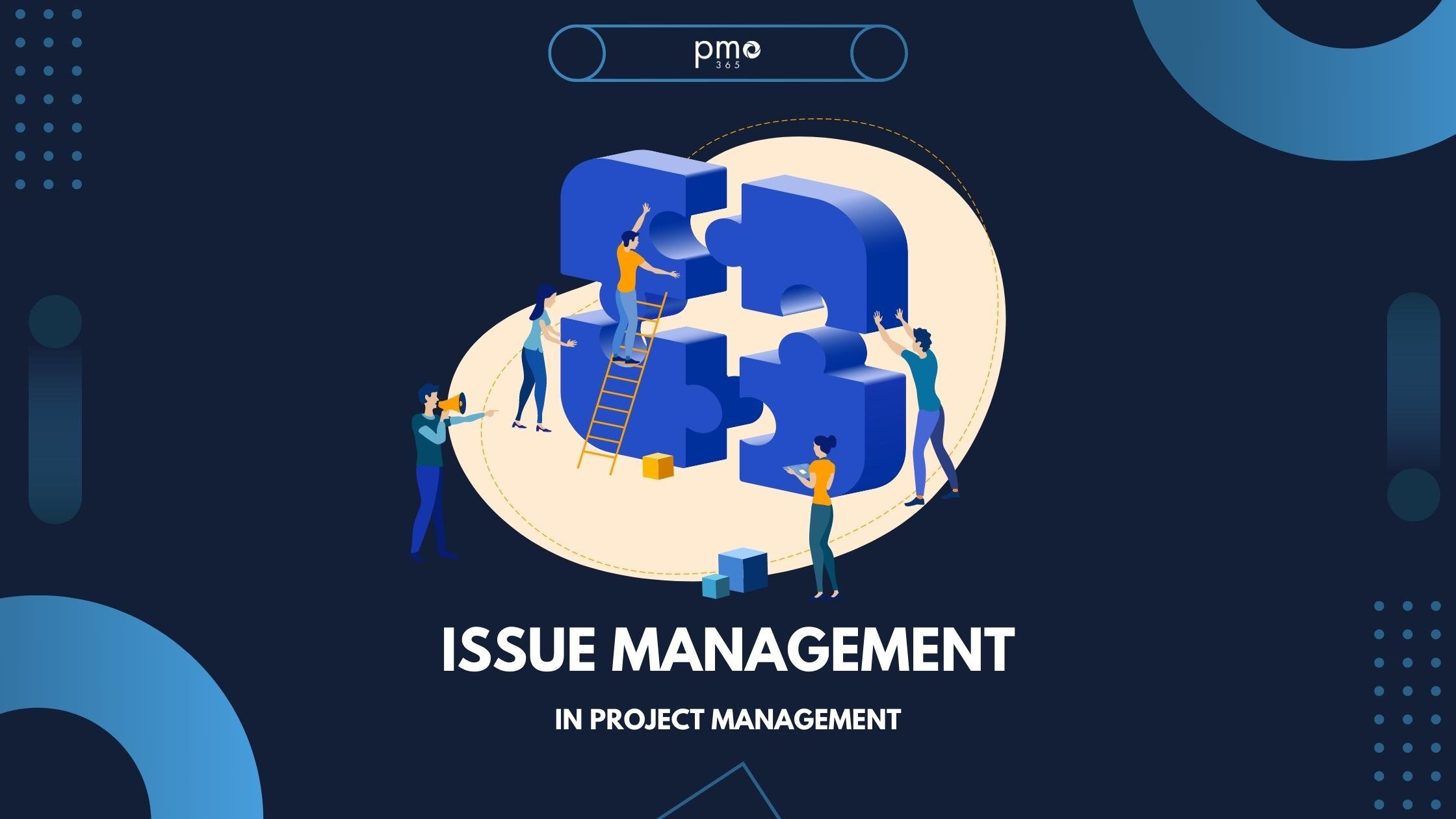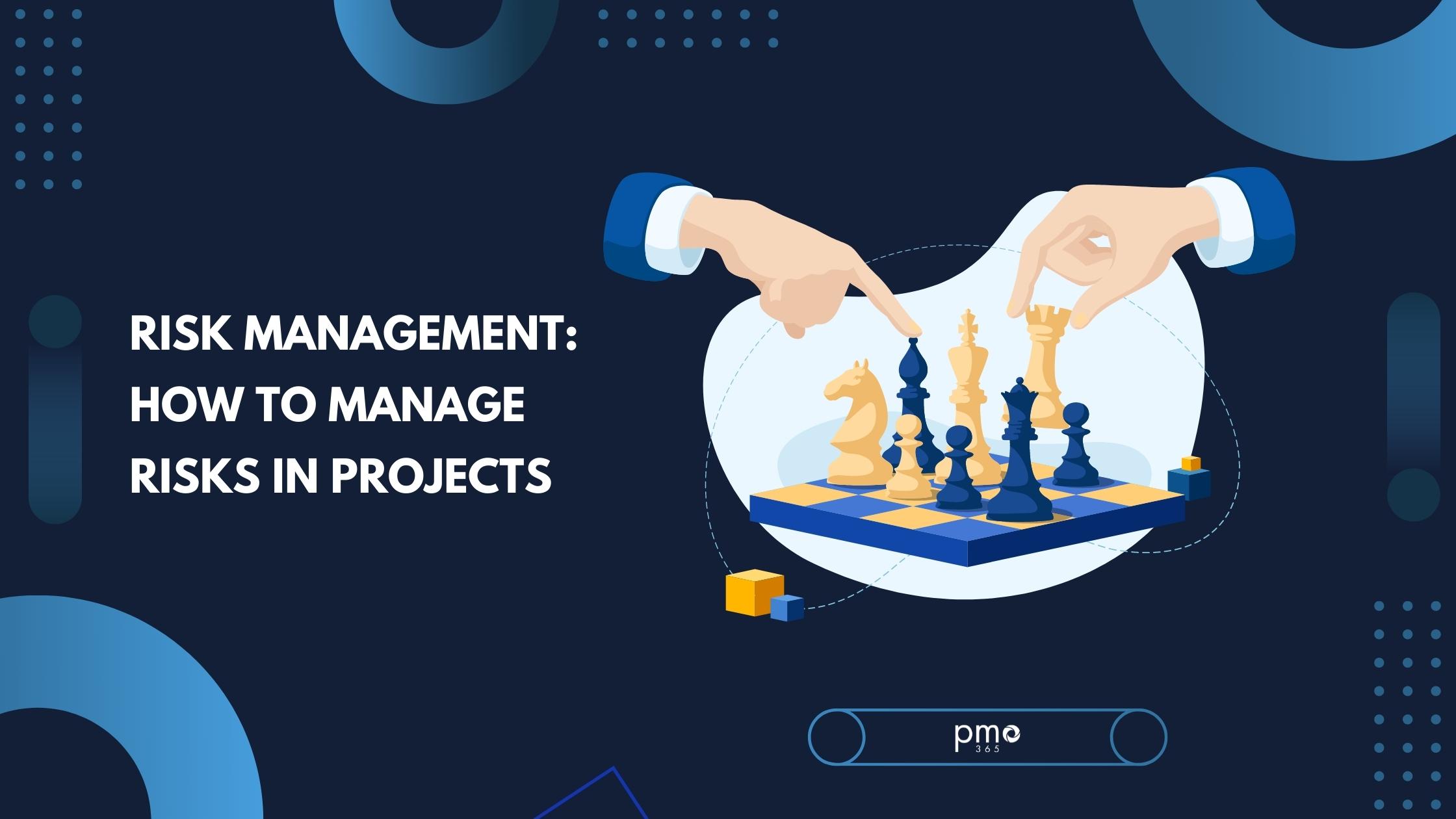Project planning templates are the backbone of any successful project. As the famous saying goes, “If you fail to plan, you plan to fail”. But as projects become increasingly complex, creating project plans that are both robust and flexible is becoming even more challenging.
There are plenty of blogs that show you the steps required to make a project plan. But we want to remind you of some critical concepts in project planning that often get overlooked. Here are our top seven tips to make sure you have all your bases covered!
1. Keep your project planning template adaptable
No matter how perfect a plan you have, there are always changes and challenges that emerge along the way. Change is inevitable in projects, and those who prepare for it are the ones that succeed.
Making sure your project has a robust risk management system to identify, prioritise and mitigate risks is crucial. However, preparing for change is more than merely acknowledging risk. Preparing also involves implementing the right cultures and practices to proactively manage problems, brainstorm solutions, and resolve issues quickly. Take some time to re-evaluate your practices and investigate whether they provide the degree of flexibility and agility you need.
2. Keep an eye on project scope
Scope creep is one of the most pressing challenges of modern project management, particularly in the IT field. McKinsey research shows that one in six IT projects exceed their budgets by over 200% from scope creep. PMBOK defines scope creep as ‘adding features and functionality (project scope) without addressing the effects on time, costs, and resources, or without customer approval’.
Keeping projects focused and aligned with objectives is an important way to ensure your projects attain maximum value. Too often client demands stack up and expand the project far beyond the initial scope. This inevitably leads to significant budget overruns and delays that are costly for the organisation. It also means the project often fails to deliver true value to both client and organisation.
A Statement of Work document is particularly useful for ensuring project stakeholders agree on the predefined scope of the project. Be sure to ask about pmo365‘s free Statement of Work template to get started on managing your project scope.
3. Don’t forget stakeholder engagement
A common problem in project planning is project managers failing to properly engage with their stakeholders and manage expectations. Typically, stakeholders like the client are only consulted during critical points of the project. This may be at the beginning, or when something catastrophic has occurred. That means the project has likely progressed too far and there’s little to no room for impactful change.
Ineffective stakeholder management not only runs the risk of failing to manage expectations of progress. It can also disappoint customers by creating a completely unsatisfactory outcome. It may just lead to an expensive product that fails to achieve any of its objectives.
Therefore, there should be room within your project planning template for active engagement with stakeholders. On top of that, there should be ways to manage expectations and resolve potential conflicts.
4. Documentation and data is vital
Historic data is one of the key sources of information informing project plans. It helps in making estimations as realistic and as accurate as possible. Having the right documentation and data to hand gives teams the ability to learn from past mistakes while adapting plans to the current project’s context. If all this documentation sounds daunting, it is not hard to achieve with the right project portfolio management (PPM) solution. An effective PPM solution easily stores all relevant data and documentation and keeps it available at a moment’s notice.
Make sure you have the right data gathering practices in place. These will enable your team to fill out a project planning template using past project data with ease.
5. Make the most out of your tools
No matter what methodology you use, be it Waterfall or Agile, or anything in between, every project uses a different set of tools. Whether it’s a Gantt chart, a Work Breakdown Structure, or a Kanban board, check that your current PPM solution allows you to make the most of your tools.
For example, your Gantt chart tool should allow you to actively update, edit, and rearrange tasks (and their dependencies) with ease. An often overlooked aspect of a work breakdown structure (WBS) tool is its ability to be integrated and carried through to different software and tools. This should be possible to do under the same code so valuable project data is not lost. Take the time to evaluate your tools and find out if there are ways you can improve on how you use them. And see what other options are available on the market using the latest technology to solve common PPM problems.
6. Consider work-life balance when allocating team members
Surveys from Limeade reveal that nearly one in three Australian-based employees cite burnout as the primary reason for resignation and they are valuing work-life balance more than ever. Often, team members are simply allocated to tasks based on cold numbers relating to available work hours and capacity. While this makes planning easy, it fails to grasp the real workload and expertise of team members.
Allocating team members based on static figures fails to acknowledge that different team members may not be able to deliver the same consistent output without the right culture and environment. This can lead to an unproductive allocation of resources and runs the risk of overburdening your team – leading to burnout.
Make sure that your resource allocation plan actively considers the unique skill set, experience and capacities of team members. Some costs that may seem excessive, like introducing quality mental healthcare, have shown to improve employee satisfaction and productivity. According to PwC research this is in the order of an average doubling in return for every dollar invested. And, although these services are often implemented at an organisational level, such practices and cultures should be considered in all project implementation plans.
7. Always evaluate and refine your processes
Completing your project planning templates is not a one-and-done activity. The best plans are built off the backs of hundreds of projects. Check that the right practices and cultures are in place to encourage people to be open about evaluating themselves, receiving criticism, and refining their processes. Start to implement project evaluation meetings and lesson learnt documents to keep track of your organisation’s knowledge and experience.
Success is a journey, so it is best to embed the culture of learning and growing into your project planning journey as well!
Get started on your project planning journey with pmo365!
Clearly, successful project planning depends on having a good PPM solution in your hands. pmo365 is the comprehensive and versatile project portfolio management solution that consolidates all your project management activities onto a single platform. With pmo365 you have complete visibility and control over your portfolio and access to the latest, best practice PPM tools from anywhere.
But pmo365 does so much more than just help you plan and manage projects. It is configured for continuous enhancement of project management activities with data driven insights and collaborative tools to boost efficiency and optimisation across the entire enterprise.
If you want to know more about how we can help, register for a free trial to see our PPM solution in action!













